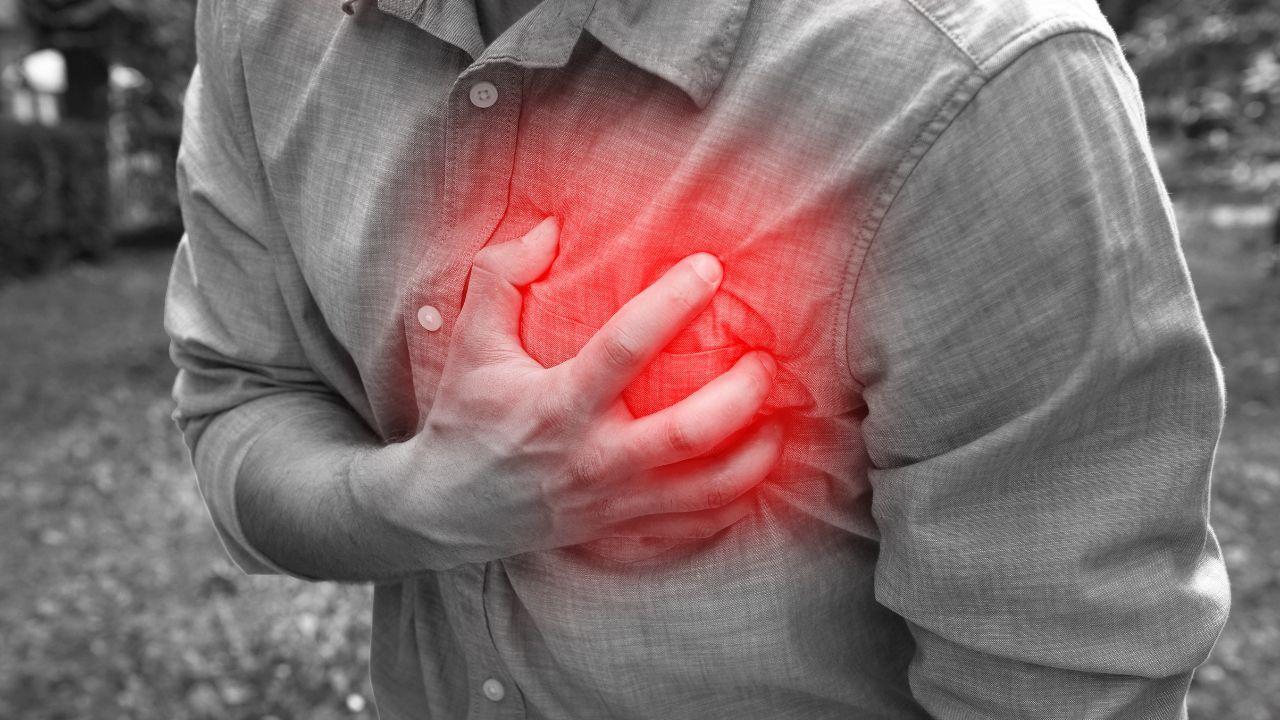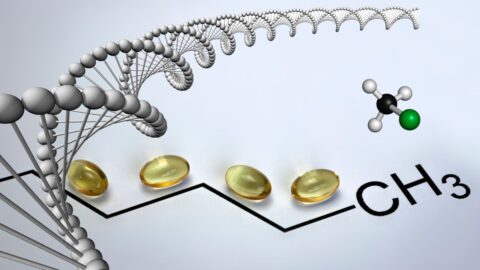New Frontiers in Heart Health
by Vanita Dahia
Half of myocardial infarctions occur in patients with no overt hyperlipidaemia, and 20% occur in the absence of any classic risk factor. 50% of people who suffer from coronary artery disease (CAD) have normal cholesterol levels indicates the need for a more specific diagnostic tool.
A New Paradigm in LDL-Subfractions, oxidation of LDL and hereditary markers in Cholesterol Control can elucidate cardiovascular risk. The anti-inflammatory or lipid-lowering effects of pharmacologic and nutritional therapies can further be elucidated with genetic polymorphisms and apo-lipoprotein markers.
Types of Cardiovascular Disease
There are many different types of CVD, but the most common are:
- Coronary artery disease (CAD): This is a narrowing of the arteries that supply blood to the heart. It is the most common cause of heart attacks.
- Stroke: This is a sudden loss of blood flow to the brain, which can cause damage to brain cells.
- Heart failure: This is a condition in which the heart is unable to pump blood effectively.
- Arrhythmia: This is an abnormal heart rhythm.
- Heart valve disease: This is a problem with one or more of the heart valves.
What triggers Cardiovascular disease?
The exact cause of CVD is not fully understood, but it is thought to be due to a combination of factors, including:
- Age: The risk of CVD increases with age.
- Family history: If you have a family history of CVD, you are more likely to develop it yourself.
- Genetics: Some people are more genetically predisposed to CVD than others.
- Unhealthy lifestyle: Unhealthy lifestyle choices, such as smoking, being overweight or obese, and not getting enough exercise, can increase the risk of CVD.
- Medical conditions: Certain medical conditions, such as high blood pressure, high cholesterol, and diabetes, can also increase the risk of CVD.
Why are LDL subfractions important?
LDL subfractions are important because they can provide a more accurate assessment of a person’s risk of cardiovascular disease (CVD) than total LDL cholesterol.
LDL cholesterol is a type of cholesterol that can build up in the arteries and lead to CVD. However, not all LDL cholesterol is created equal. LDL subfractions are classified based on their size and density.
- Small, dense LDL: These particles are more likely to build up in the arteries and cause CVD.
- Large, buoyant LDL: These particles are less likely to build up in the arteries and cause CVD.
People with a predominance of small, dense LDL particles are at an increased risk of CVD, even if their total LDL cholesterol is within the normal range. This is because small, dense LDL particles are more likely to be oxidized and taken up by the cells lining the arteries. Once inside the cells, they can cause inflammation and damage to the artery walls.
Educational Webinar
New Frontiers in Heart Health
In this webinar, you will learn:
- Differentiation and clinical significance of lipid markers
- Functional pathology approach to understanding biomarkers of CVD
- Genetic risk factors and markers
- Understanding a lab report
- Management options in cholesterol and cardiovascular health
Test for Heart Health, Cardiovascular Disease, Cholesterol, High Blood Pressure
Check your heart health with Cardiovascular Questionnaire by Metagenics
See video on Test for Heart Health, Cardiovascular Disease, Cholesterol, High Blood Pressure






